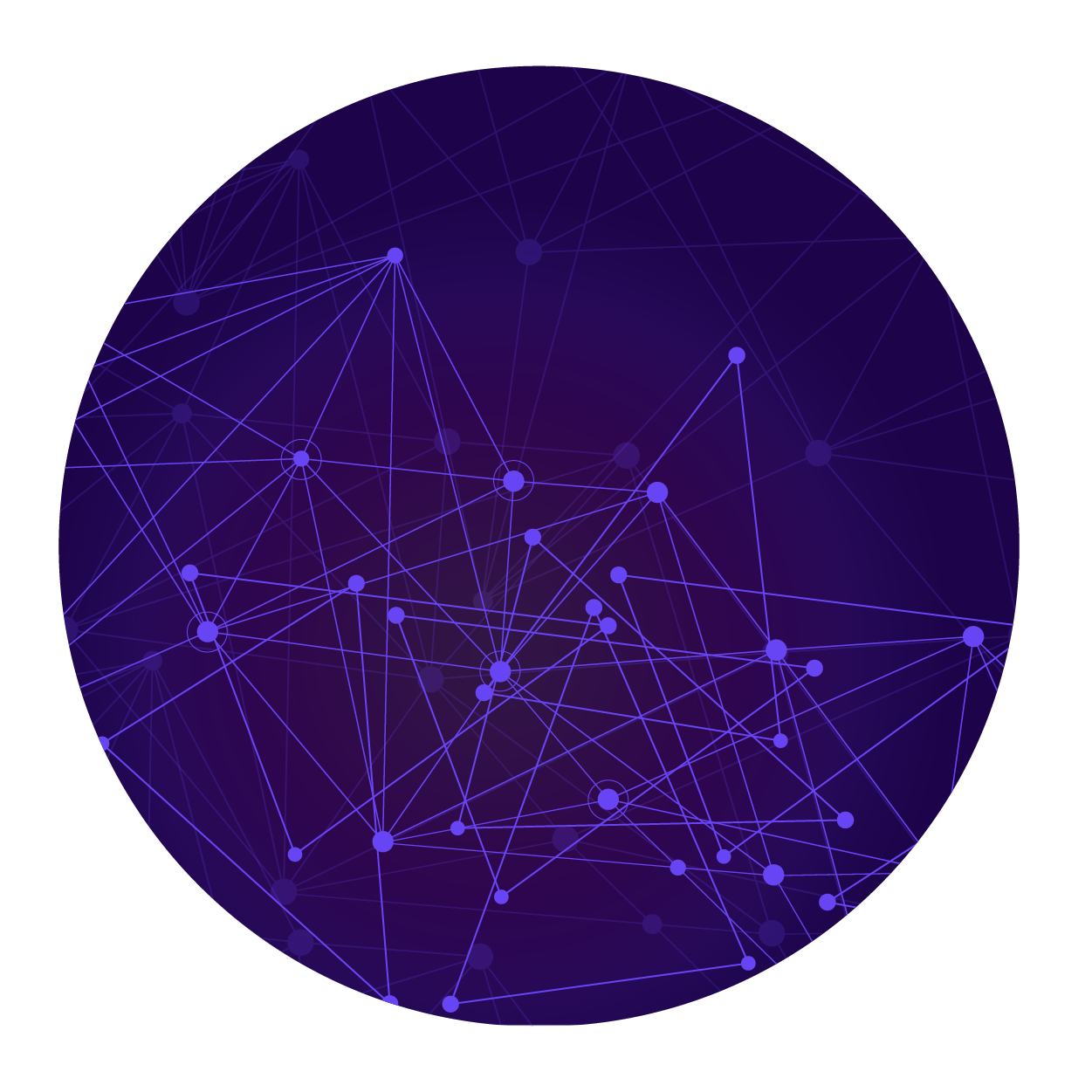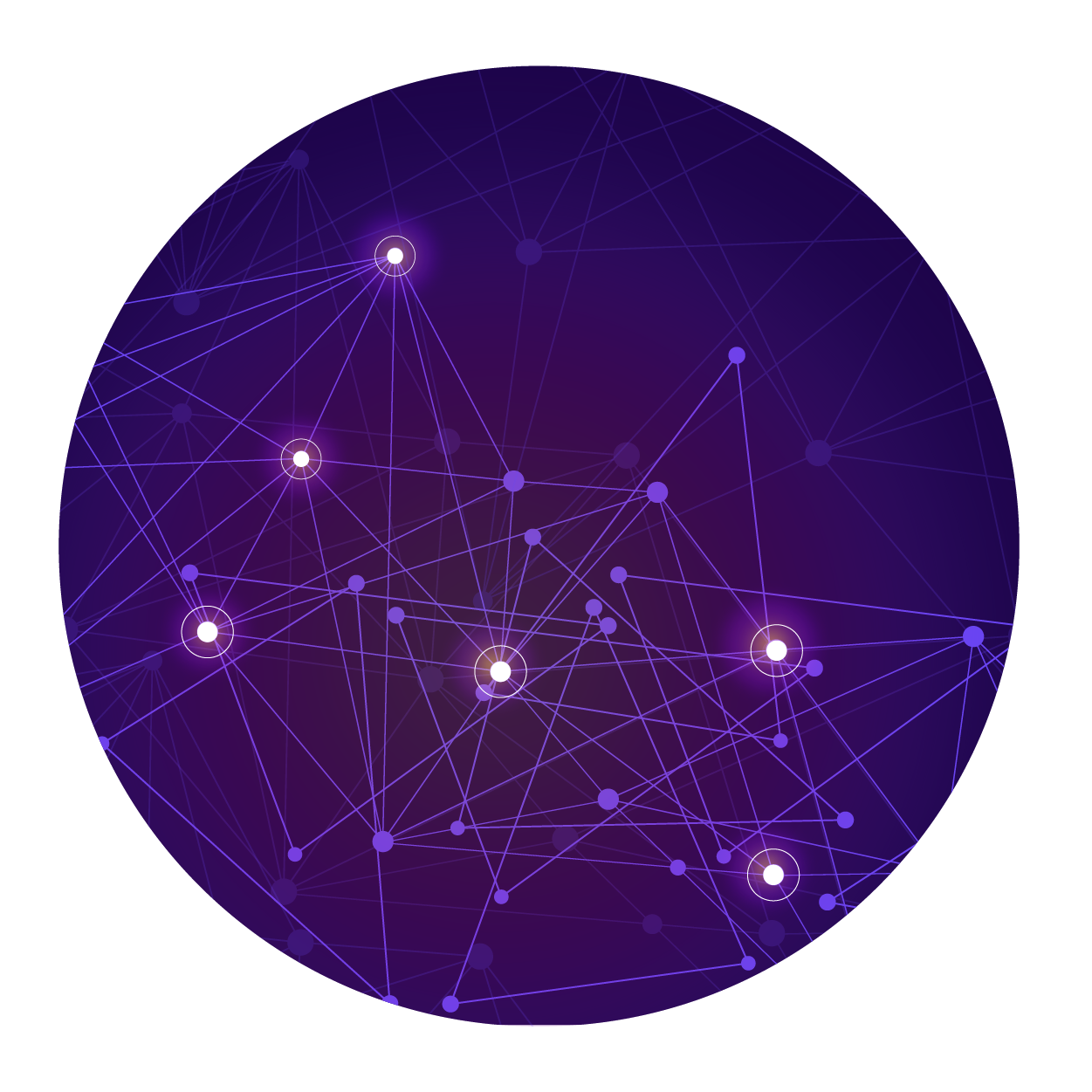According to the ONC (Office of the National Coordinator for Health Information Technology), interoperability in healthcare is “the ability of two or more systems to exchange health information and use the information once it is received.” In simpler terms, interoperability is about how healthcare stakeholders—payers, providers, and innovators—share data. There are four levels of interoperability in healthcare: Foundational, structural, semantic, and organizational.
“By transitioning to fully electronic transactions, the industry can save nearly $25 billion, or 41 percent of the current annual spend, $60 billion. The industry has already avoided spending $187 billion annually by automating transactions.”
Source: 2022 CAQH Index



There are many initiatives underway in healthcare to improve interoperability. One of the best-known is the Fast Healthcare Interoperability Resource, or FHIR. Introduced in 2012, FHIR provides a standard set of rules and specifications for exchanging electronic clinical and administrative data between healthcare entities.
While FHIR and other initiatives are making headway, they still do not solve the industry’s interoperability challenges. Providers and payers still have to manage a complex web of data connections and disparate systems.
Yes! Companies like Avaneer Health are taking an innovative approach to solve interoperability in healthcare. Instead of just streamlining existing processes or adding bolt-on technologies on top of legacy systems, Avaneer Health is reinventing administrative processes altogether.
The Avaneer Health Network™ is a secure, permissioned, decentralized network and platform built on a data fabric infrastructure. Once a participant—payer, provider, or innovator—connects to the network, they never have to build a direct connection to any other participant.
Avaneer Health eliminates interoperability barriers and enables true data fluidity.
Each participant on the Avaneer Health Network receives an Avaneer SparkZone™, their dedicated, private, secure, cloud-hosted environment, and their “home base” on the network. Their SparkZone includes a pre-packaged suite of utilities and services, providing everything they need to connect, collaborate, and transact with other participants. Here, participants can develop and deploy their network solutions and subscribe and connect to other solutions.
The Avaneer Network also includes Avaneer Collaboration Services™, a person-centric identity service connecting to data discovery workflows that unlock access to permissioned data. The authorization review and exchange of data are trackable, auditable, and immutable within each participant’s SparkZone. Because this happens in real time, participants have immediate access to the data they need when they need it.
The Avaneer Solution Exchange™ is another feature of the Avaneer Health Network. This is where participants can discover, offer, and source other solutions on the network. It’s a shared resource for the entire Avaneer Health Network community.